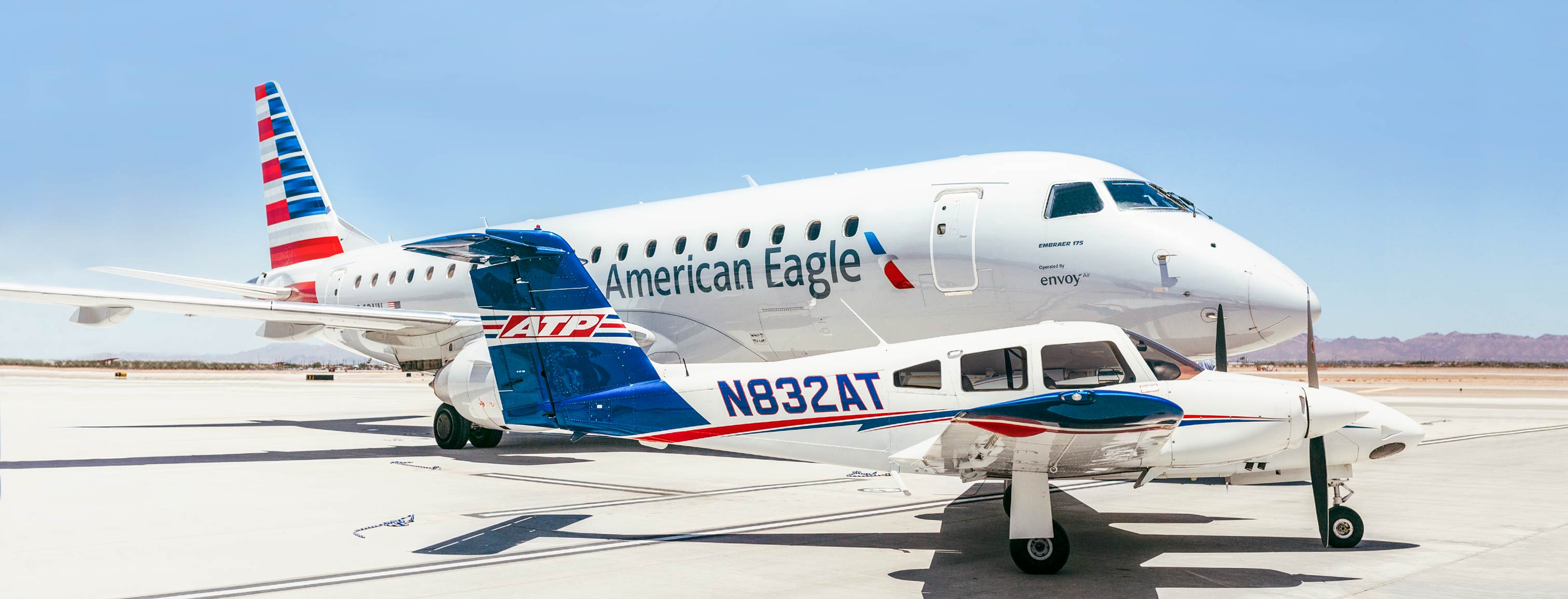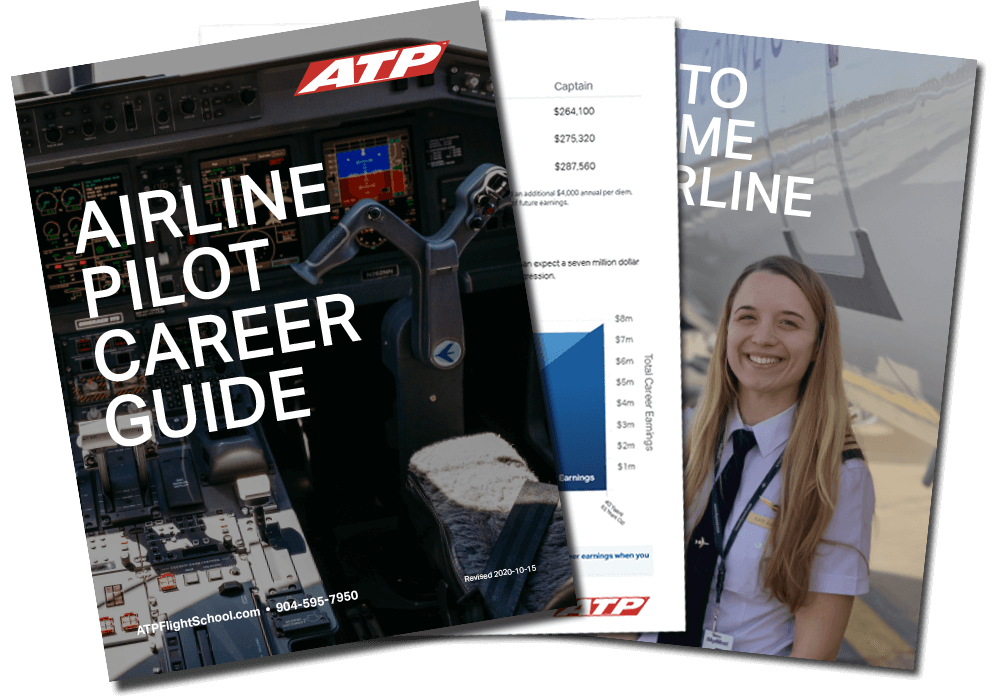Cost Blamed as Flight Training Lags Pilot Demand
Published Feb 8, 2011 on Pilot Jobs
FREE Airline Pilot Career Guide. — Requirements, Pay, Steps and More. Download Now »
That is the title of an article I recently found on Flightglobal.com, which is an online news and information provider for the aviation and aerospace industries. The article points out a problem that we have discussed many times over the last two years on PilotJobs.com, and offers a potential solution as well.
“Pilot demand may be forecast to surge over coming years, but flight academies are struggling to fill places - mainly because of a lack of funding for aspirants to a career as flightcrew members...” is how the article begins. It then goes on to describe in detail how the global economic recession has affected the availability of funds traditionally used by students to train for lucrative jobs in the aviation industry.
“Because of the financial crisis and subsequent recession, US banks have stopped providing student loans to private individuals seeking to start flight training. Similarly, support organizations for children from financially poor backgrounds, such as the non-profit Education Resources Institute, have stopped trading.”
"The self-funded [pay-as-you-go] student has gone away, basically because there are no financial means available to them," says Dan Greenhill, manager of a flight school in Vero Beach, Florida.
It should be noted that large lenders, such as SLM, that have stopped providing loans to students at small flight schools have continued to lend to ATP's students due to the low drop-out rate and extremely low default rate at ATP. The loans are harder to qualify for then they were in the past, but they are available.
The difficulty in raising funds to begin flight training is hard for most aspiring airline pilots to accept, given the increasing world demand for professional pilots. By all accounts the job market outlook for pilots is very promising due to the expansion of the airline industry globally. Here in the United States in particular, some of the short term solutions are wearing thin.
“In anticipation of a flightcrew shortage, the Federal Aviation Administration elected in 2007 to raise the retirement age from 60 to 65. However, unless a new generation is trained, the measure will only delay, not avert, the impact. Of the 60,000 [airline] pilots in the USA today, around 37,000 - nearly two-thirds - are due to retire between 2012 and 2017,” the article continues. “We expect that as the US economy picks up, the airlines will hire all available graduates, instructors and furloughed pilots, but then fall short. There is definitely going to be a gap in pilot supply, because there has been nobody in the training pipeline here over the past two-and-a-half years."
The coming retirement wave inflates the demand for new airline pilots above and beyond the need already created by the expanding global aviation industry. "If there are no pilots for the airlines to grow, what happens to Airbus and Boeing? It's a huge domino effect that is going to affect the industry."
The article addresses one way that the European Airline Industry has addressed the problem. “To overcome the stagnation, airlines will have to sponsor cadets and invest in their training. Just look at the airlines that are growing abroad and how they are getting their pilots. We have to change some aspects here [in the USA] of how we train pilots. If the self-funded person is not able to get financing, someone is going to have to. And if the [airline] business wants to grow, they have to figure out a way and look a little bit at the Lufthansa Airlines model. They sponsor students, train them to their standards and then they have a pool of pilots."
The German carrier has traditionally paid for the training of its junior flightcrew members up front, but deducts a portion of the cost from the salary through monthly installments, after the employee starts working. This Multi-Crew Pilots License concept has not appealed to the Airlines in the United States so far.
The article concludes, “For a full-time flight training student in a successful airline-style training program, financing remains the main challenge, despite a promising outlook for the pilot job market. It is advisable for aspiring airline pilots not to wait, if funding is available. "The wave is coming and you want to catch it as it arrives."

